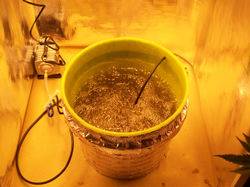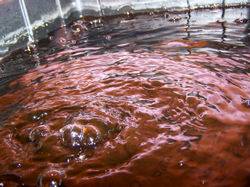morgancola
Member
My buddy lent me his BAd to the bone D.O. meter. It measures temp and D.O. in ppm. I already did a breakdown of D.O. to temp starting from 83 degrees
going down to 58 degrees.
Any Ideas of tests I should do while I have access to this meter? Bubbles no bubbles? Add H2O2?
Gimme I deas.. Its a 1K$$$ plus meter I want the most out of it.
TIA
going down to 58 degrees.
Any Ideas of tests I should do while I have access to this meter? Bubbles no bubbles? Add H2O2?
Gimme I deas.. Its a 1K$$$ plus meter I want the most out of it.
TIA






